High Tunnels- Training Tomatoes
At Cloud Mountain Farm Center, we grow about a thousand tomato plants each year in our high tunnels. All of the varieties we grow are indeterminate varieties, meaning they are varieties that continue to grow and produce over a long season, rather than setting all of the tomatoes at once. Because of our cool summers […]
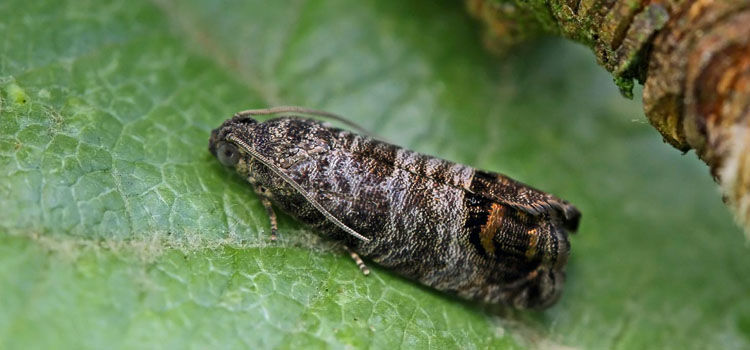
Codling Moth Tracking Tool
It’s time to track heat units so you can control codling moth and apple maggot in your orchards. If you haven’t set up this tool for yourself at home, I’ll walk you through the steps. The past two summers have been hard ones for the home orchardist. Both codling moth and apple maggot pressures were […]
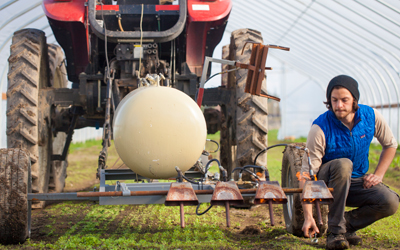
Salad Greens Production
by Matthew McDermott, production manager, and Rob Jordan, post harvest manager For many people, mixed baby greens are a popular salad choice all year round. As part of the CMFC food production, mixed baby greens are grown for the local wholesale and retail outlets from May-November. As part of a 2012 specialty crop grant, and […]
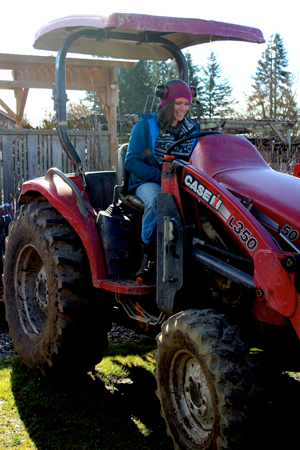
My Role as a Second-Year Intern
By Chrissy Hoefgen Cloud Mountain Farm Center is a very diversified organization; growing a number of perennial and annual fruits, vegetables, and ornamentals requires many helping hands. In addition to the twelve full time staff members on site, CMFC also hosts seven first year interns, and this year, a second year intern, which is me, […]
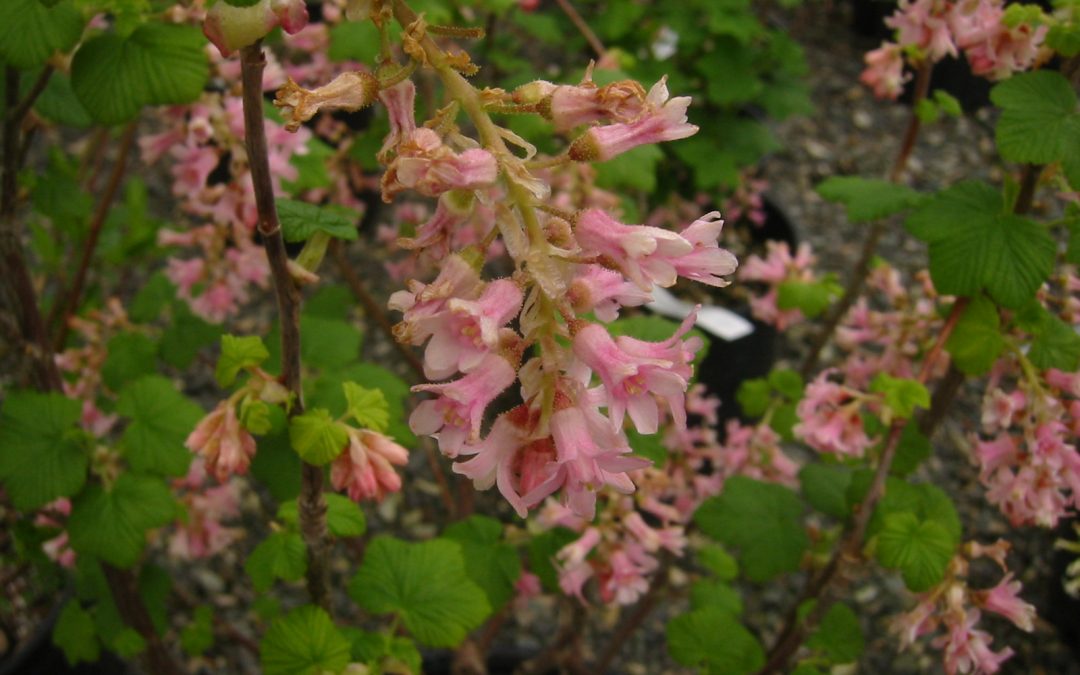
Native Plants for Your Landscape
By Layla Dunlap, CMFC Nursery Manager As I look out over Cloud Mountain Farm Center’s Nursery from our office window, I see brilliant colors starting to pop-up as spring slowly arrives. It gets me excited about warmer weather, hiking season, and botanizing. Botanizing is a term I like to use for identifying plants while I’m […]
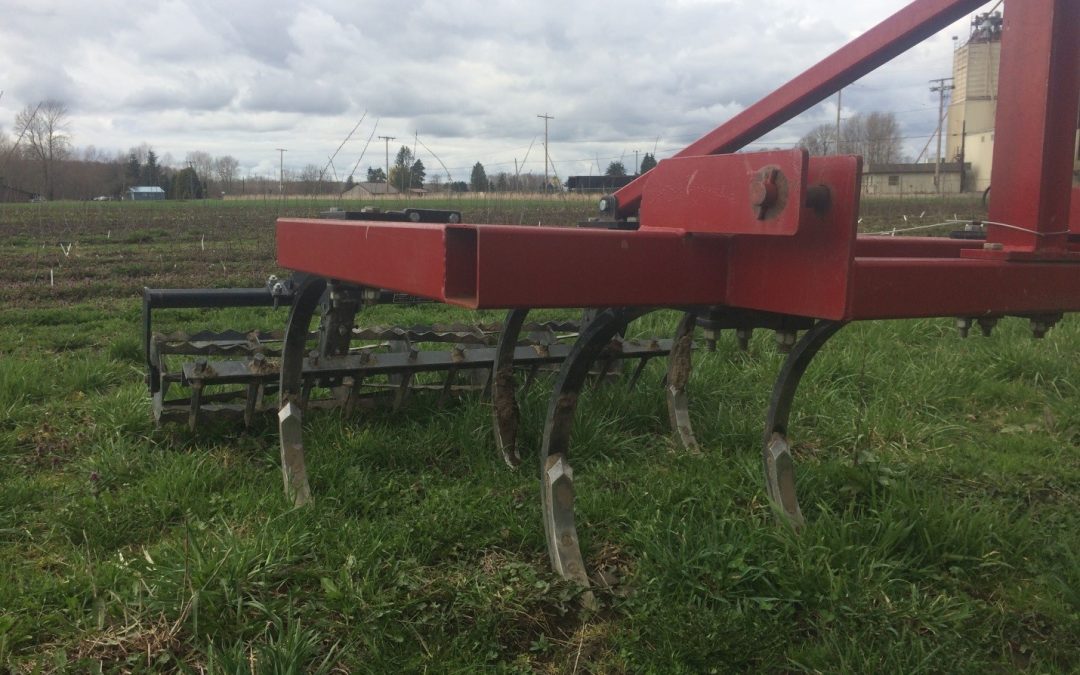
Spring Soil Preparation
These last weeks of March, as winter begins to loosen its heavy grip, many of us get excited to get early ground turned in preparation for peas, oats, and anything else we thing we might get to survive the remaining spring awakening in the still cold, 42°F soils. There are a lot of tools and […]
